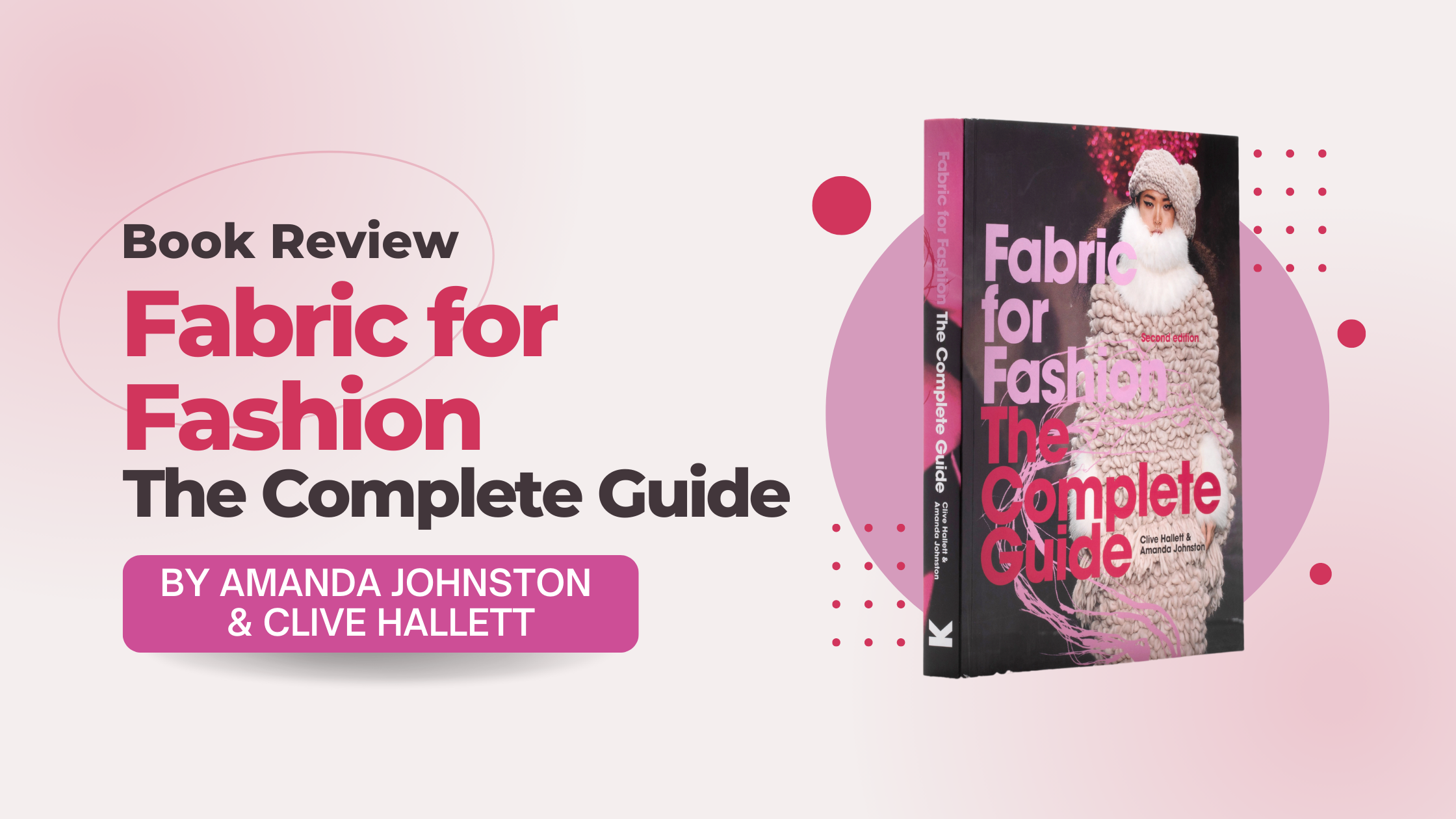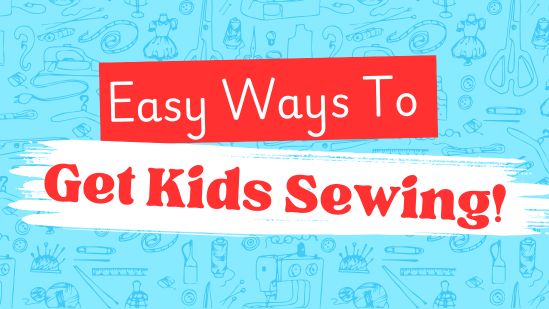2022

#AD Fabric for Fashion: The Complete Guide is unique in explaining the behaviour, properties and sustainability impacts of a wide range of natural and man-made fabrics from across the world, including the most up-to-date smart textiles. Covering everything from traditional woven fabrics such as Jacquard or Ikat to high-tech nanofabrics that can self-clean, it examines each textile’s pros and cons in a broad fashion context.

A designer’s relationship with fabric is fundamental to the creative process. The right choice of fabric can be the difference between the success or failure of a design. While some may see the textile industry as just a supplier of raw materials for the fashion industry, the truth is that the two are intrinsically connected. All through history, humans have clothed themselves in fabrics. When creating a fashion collection, the selection of fabrics often precedes garment design. Innovation in spinning, weaving and knitting techniques have over time created numerous fabric types, suited to different kinds of clothing from pragmatic workwear to elaborate leisurewear demonstrating wealth, rank or style.
Towards the end of the nineteenth century, the demand for unaffordable fabrics such as silk started the race to invent man-made alternatives. As a result, natural fibres now account for less than a quarter of today’s global fibre market. However, over the last few years, serious concerns around climate change and the depletion of natural resources have spurred exploration into alternative plant fibres, regenerated cellulose and biosynthetic textiles. These more sustainable options are key to the future of fashion.
New this week
.jpg)
Quick Quilting & Patchwork Patterns and Inspiration
9 Apr 2025
[includes sponsored content] From small pieced projects to statement throws, these patterns and products…

Easy Ways To Get Kids Sewing!
11 Mar 2025
[contains sponsored content] Share your love of sewing with a young one and give…

Creative Book Awards 2025 Shortlist Unveiled!
17 Jan 2025
Welcome to the Creative Book Awards 2025! Since launching in 2021, these awards…
